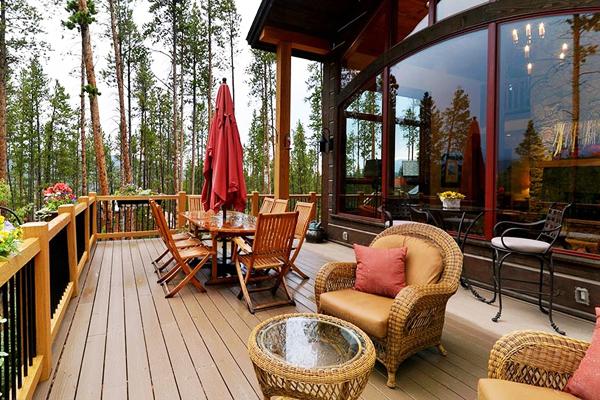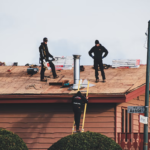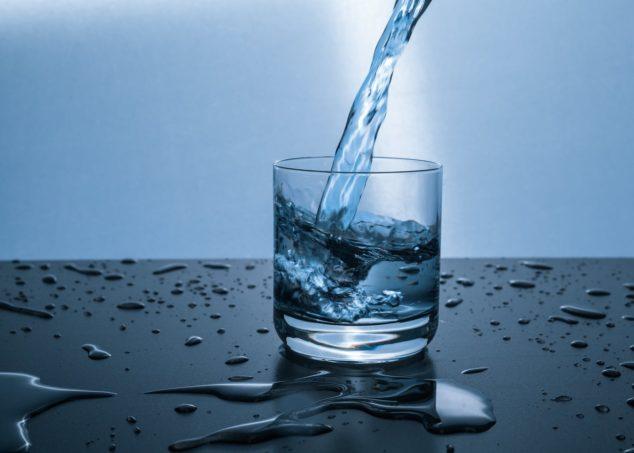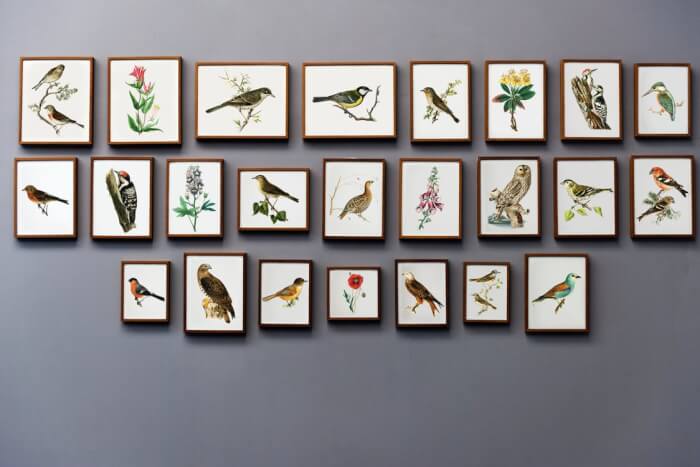Do you want to build a new room in your house in the form of a veranda as an extension of your living room or your kitchen? Here you can find some tips and tricks for choosing the best model for your home. Generally speaking, there are many veranda models available for you to choose from. More specifically:
- The wooden verandas are durable and natural. They offer by far the best thermal and sound insulation and are ideal for large surfaces while having a load-bearing profile. However, they require a high investment and regular treatment and maintenance since they are regularly stained and affected by weather conditions.
- The aluminum verandas are the most widespread and widely used on the market. Aluminum adapts to all architectural forms and does not require any special and specific maintenance and care. The only drawback for aluminum verandas is that they do not provide optimal thermal insulation during the winter.
- The PVC verandas are the most economical but this material is not very resistant to shocks. If you are having a large veranda, PVC is not recommended for you and it is also less aesthetic than other models.
- The wrought iron veranda is a top-of-the-range version that is found in large old buildings that is also appreciated for its aesthetics and its timeless character. A treatment against rust is imperative if you want to fight against the risk of corrosion.
What are the selection criteria?
If you wish to choose the best material for your veranda, there are multiple selection criteria. First and foremost, the use of your veranda is very important. Are you going to live there all year round or do you plan to use your veranda during one specific season? Do you also need to install heaters or protection from the rays of the sun?
A second criterion to take into consideration is the location of your veranda. The ideal is of course to orient your veranda towards the south but this is not always possible from an architectural point of view. Furthermore, the dimensions of the veranda is also a parameter since these could be variable with many administrative implications to take into consideration. Depending on the size, you will need either a building permit from the town hall or a simple declaration of work.
Finally, the glazing is very also very important. Two options are possible: glass or polycarbonate. Polycarbonate offers many advantages over glass: it is cheaper, more resistant and acts as a better insulator.
The last parameter to take into consideration is the price range. Here are the indicative prices for the construction of a veranda of approximately 20m²: at least â¬15.000 for a PVC model, â¬20.000 for a wooden or aluminum veranda, and â¬40.000 for a wrought iron veranda. These basic rates do not take into account the costs of installation by a professional, nor the expenses of masonry. You can find all the material you need easily in DIY stores but also in specialized veranda distributors.










